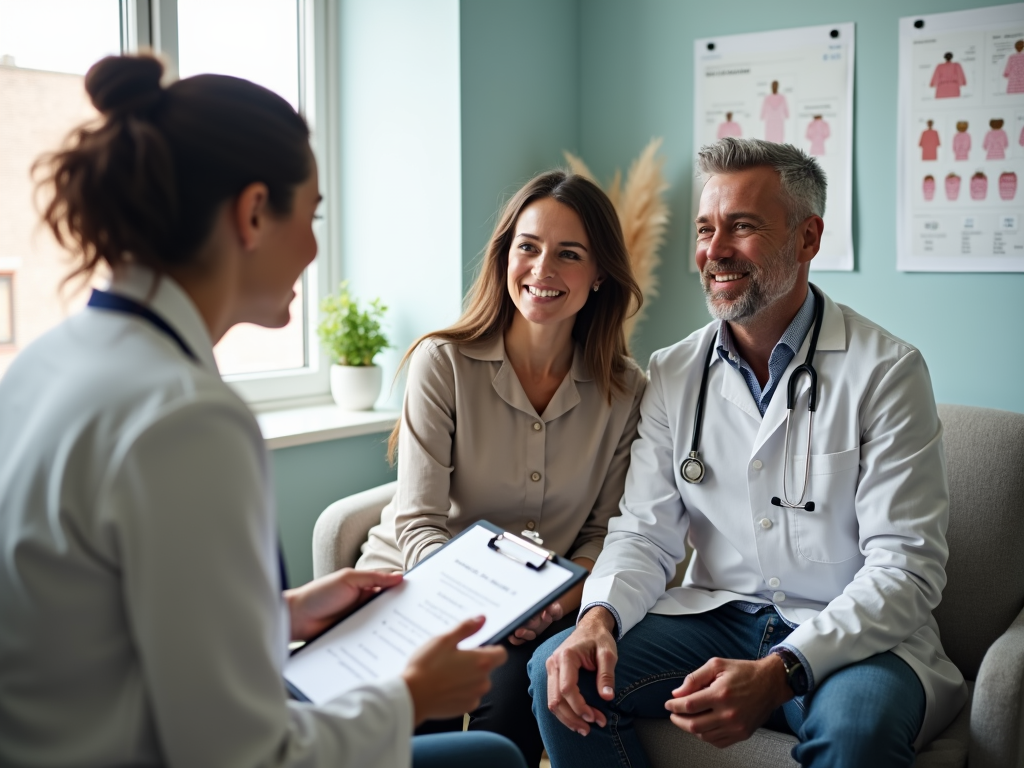Living with Endometriosis: What You Need to Know
March 29, 2025, 11:34 a.m.
Endometriosis affects millions of women, causing pain and sometimes infertility. This guide, Living with Endometriosis: What You Need to Know, explores what it’s like to live with this condition, offering practical advice and real stories to help you navigate its challenges.
Understanding Endometriosis
Endometriosis happens when tissue like the lining of the uterus grows outside it. This tissue can appear on ovaries, fallopian tubes, or other pelvic areas. Each month, it thickens and bleeds, but unlike normal period blood, it can’t leave the body. This leads to pain, inflammation, and scarring.
Symptoms vary but often include: - Severe menstrual cramps - Ongoing pelvic pain - Pain during sex - Heavy or irregular periods - Infertility
Getting diagnosed isn’t easy. Doctors may use your medical history, a pelvic exam, or imaging like ultrasounds. Sometimes, they need to do a laparoscopy—a small surgery—to see inside and confirm it.

Managing Symptoms
Living with endometriosis means finding ways to handle pain and other issues. Here are some options that work for many women:
- Pain Relief
- Try over-the-counter meds like ibuprofen.
- Use a heating pad or take warm baths.
-
Gentle exercise, like walking, can ease discomfort.
-
Hormone Treatments
- Birth control pills help control hormone swings.
- Medicines like GnRH agonists lower estrogen levels.
-
Progestin can slow tissue growth.
-
Surgery
- Laparoscopy removes problem tissue.
- In tough cases, a hysterectomy might be an option.
Talk to your doctor to figure out what’s best for you. Everyone’s body is different.

Fertility and Endometriosis
Endometriosis can make it harder to get pregnant. It’s linked to female infertility because it can block fallopian tubes or harm ovaries—something called tubal infertility. There’s also a higher chance of tubal infertility and ectopic pregnancy risks, where the pregnancy grows outside the uterus.
If you’re trying to have a baby, here are some options: - Fertility drugs to boost ovulation. - IUI, where sperm is placed directly in the uterus. - IVF, which combines egg and sperm outside the body. - Surgery to clear blockages.
A fertility specialist can guide you through this. Don’t lose hope—many women with endometriosis still build families.

Lifestyle Tips
Beyond medicine, small changes can make a big difference in Living with Endometriosis: What You Need to Know. Here’s what helps:
- Diet and Exercise
- Eat lots of fruits, veggies, and whole grains.
- Skip processed snacks and red meat to cut inflammation.
-
Stay active—it lifts your mood and eases pain.
-
Stress Relief
- Try meditation or deep breathing.
- Talk to friends or a counselor.
-
Join a support group to feel less alone.
-
Building Connections
- Share your story with others who get it.
- Listen and learn from their experiences.
- Speak up for yourself and others.

Personal Stories
Real experiences show what it’s like to live with endometriosis. Here are three:
- Sarah, 25, dealt with awful pain for years before her diagnosis. She uses hormone pills and yoga to feel better now.
- Emily faced infertility because of endometriosis. IVF worked for her, and she’s a mom to a little girl.
- Maria had surgery to remove tissue. Today, she shares her story to help others feel heard.
These women prove you can face endometriosis with strength and support.

Summary
Living with endometriosis isn’t simple, but you’ve got options. From understanding symptoms to managing pain, fertility challenges, and daily life, this guide covers it all. With the right tools and support, you can take charge and live well despite this condition.